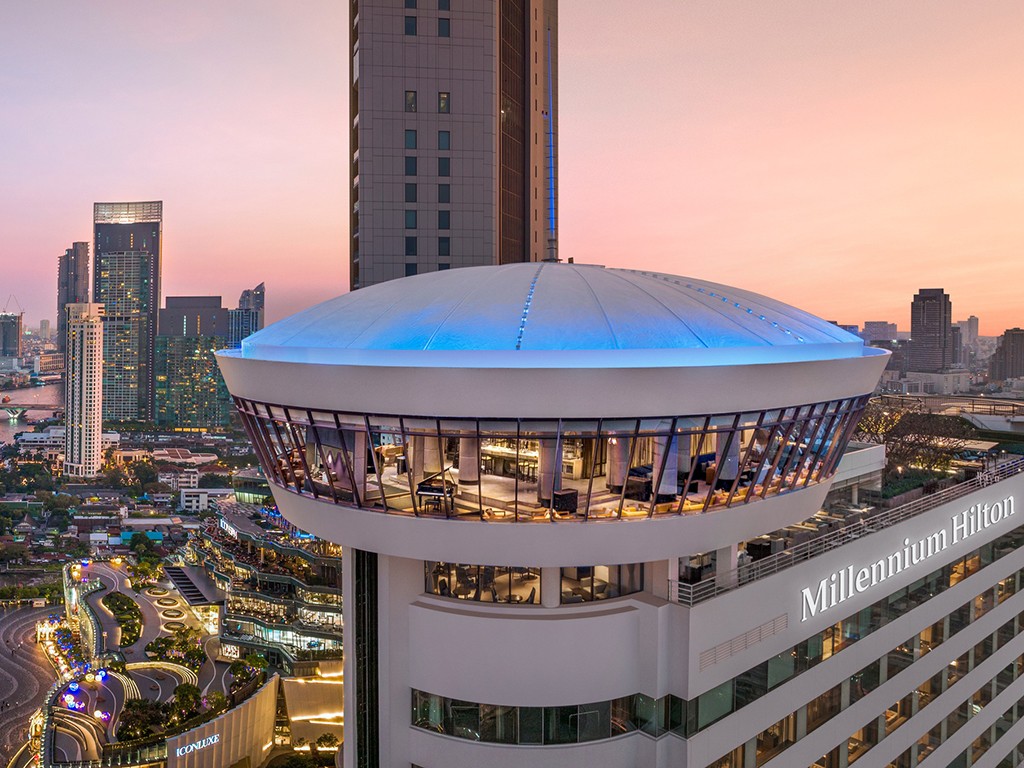
ไปภูฏานเที่ยวที่ไหน
 2817
2817
Tashichho Dzong is the administrative and religious heart of Bhutan, located along the banks of the Wang Chhu River at the northern edge of Thimphu. It houses the offices of the King of Bhutan, the cabinet secretariat, and several government ministries, while also serving as the summer residence of the Je Khenpo, the chief abbot of Bhutan’s central monastic body. The dzong’s compound c...
read more
The National Memorial Chorten is one of the most prominent religious monuments in Thimphu. Constructed in 1974 in honor of King Jigme Dorji Wangchuck, the third king of Bhutan, the stupa symbolizes peace, compassion, and prosperity. The whitewashed structure is adorned with golden spires and intricate Bhutanese artwork depicting Buddhist teachings.
Unlike many stupas, this one does not contain rel... read more
Unlike many stupas, this one does not contain rel... read more
The Dordenma Buddha Project is the construction of the world’s largest bronze Buddha statue situated on Kuenselphodrang hill, offering expansive views of Bhutan’s capital, Thimphu. This bronze statue stands 169 feet (51 meters) tall and is built as a symbol of “eternity” and the unbreakable strength of Buddha’s teachings.
Inside the giant statue, there are a total of ... read more
Inside the giant statue, there are a total of ... read more
Simtokha Dzong — built in 1629 by Zhabdrung Ngawang Namgyel, is the oldest fortress-monastery in Bhutan. Strategically located on a hill overlooking the Thimphu valley, it served as a defensive stronghold and administrative center, while also functioning as a religious hub for the Drukpa Kagyu sect.
The dzong features traditional Bhutanese architecture, with massive stone walls, courtyards, ... read more
The dzong features traditional Bhutanese architecture, with massive stone walls, courtyards, ... read more
Dochula Pass is located at an altitude of 3,146 meters on the route between Thimphu and Punakha. Its highlight is the “Druk Wangyal” cluster of 108 chortens, which are symbols of auspiciousness and peace for the land. They were built as an offering to the Bodhisattvas of the Vajrayana tradition, set against the stunning backdrop of the Himalayan peaks rising over 7,000 meters.
In-depth... read more
In-depth... read more
Chimi Lhakhang was built in 1499 by Lama Ngawang Choegyel in honor of Drukpa Kunley, the “Divine Madman,” who used the “Thunderbolt of Wisdom” to subdue a demon that had taken the form of a dog and buried it beneath the hill where the monastery stands. The name “Chimi” means “No Dog,” commemorating this event.
The temple is renowned worldwide as a &l... read more
The temple is renowned worldwide as a &l... read more
Punakha Dzong is a fortress and monastery of both historical and religious importance in Bhutan. It sits at the confluence of the Mo (female) and Po (male) rivers, which together form the Puna Tsang River, giving the dzong a striking visual presence and symbolizing harmony between nature and community.
According to legend, Guru Rinpoche (Padmasambhava), believed by Bhutanese to be the “Secon... read more
According to legend, Guru Rinpoche (Padmasambhava), believed by Bhutanese to be the “Secon... read more
Tachog Lhakhang (Tamchoe Monastery) was built in the 15th century by Lama Thangtong Gyalpo, a master of ancient engineering and iron chain bridges. The monastery sits atop Asha Hill on the left bank where the Paro Chhu and Thimphu Chhu rivers meet.
The original iron chain bridge was washed away by floods in 1969, and the current bridge was reconstructed in 2005 following the original design. Visit... read more
The original iron chain bridge was washed away by floods in 1969, and the current bridge was reconstructed in 2005 following the original design. Visit... read more
The National Museum of Bhutan is housed in Ta Dzong, originally built by the Paro ruler over 350 years ago as a watchtower. It was later converted into a museum by King Jigme Dorji Wangchuck, the third king of Bhutan, often called the “Father of Modern Bhutan.”
The museum has six floors featuring collections of traditional attire, weapons, coins, tools, stamps, and masterworks of Bhuta... read more
The museum has six floors featuring collections of traditional attire, weapons, coins, tools, stamps, and masterworks of Bhuta... read more
10
Paro Town
Accentuating the natural beauty are the many elegant,... read more
Taktsang Monastery, famously known as the Tiger’s Nest, is a sacred Buddhist monastery built around a cave clinging to a cliff 914 meters above the floor of Paro valley, Bhutan. According to legend, Guru Rinpoche (Padmasambhava), who is credited with bringing Buddhism to Bhutan in the 8th century, flew to this site on the back of a tigress and meditated in the cave.
The monastery complex was... read more
The monastery complex was... read more










































